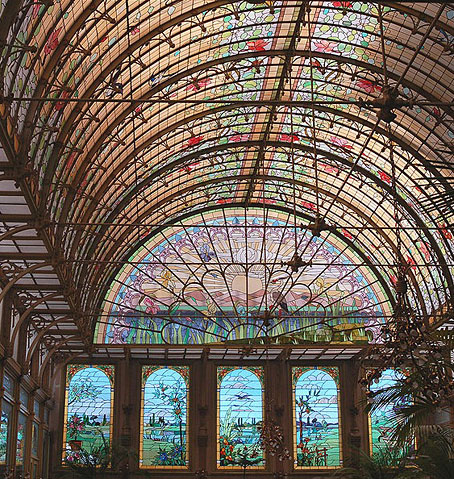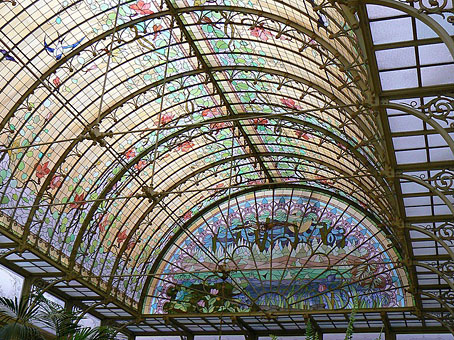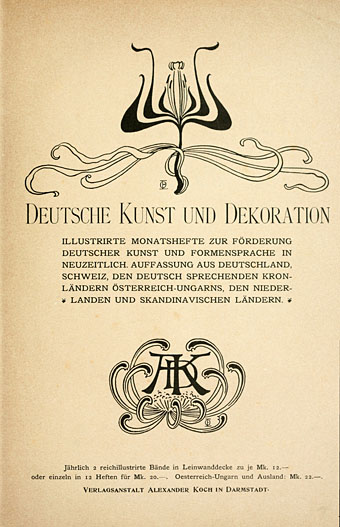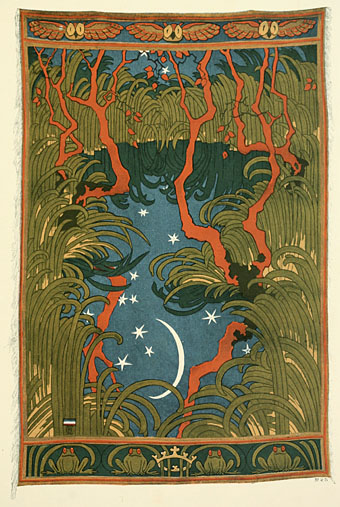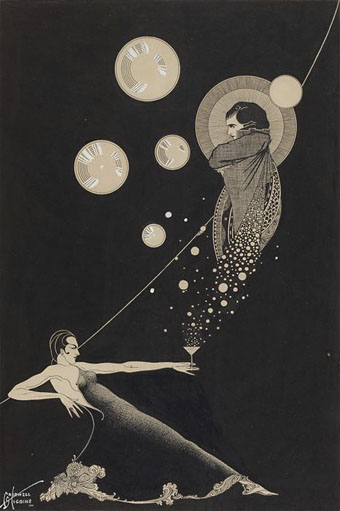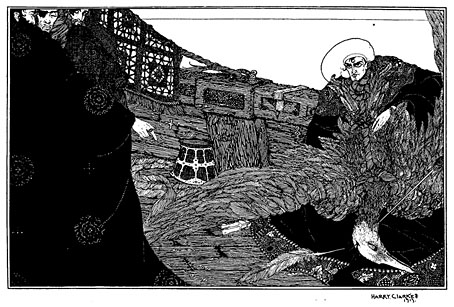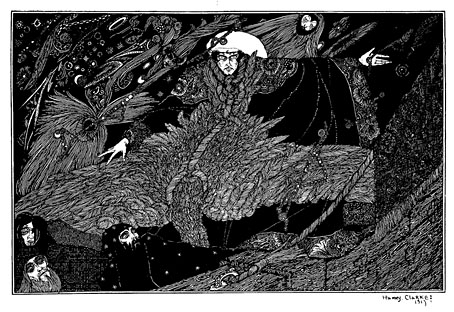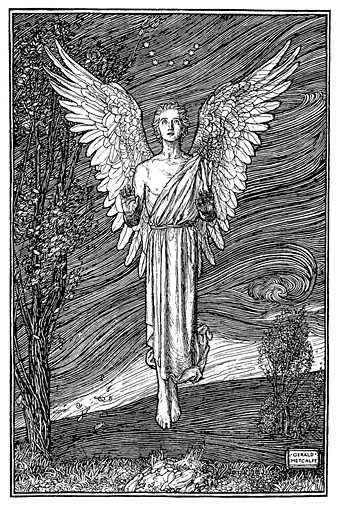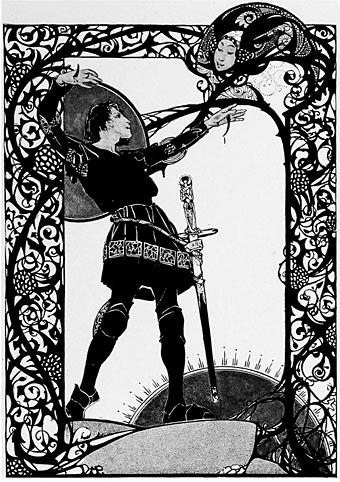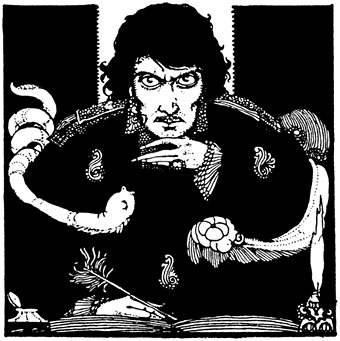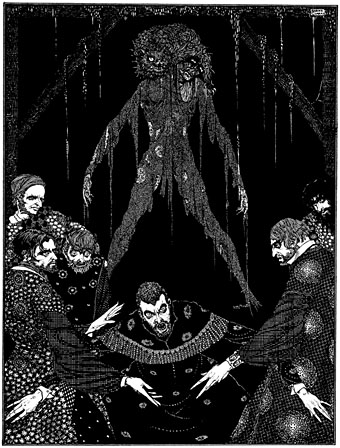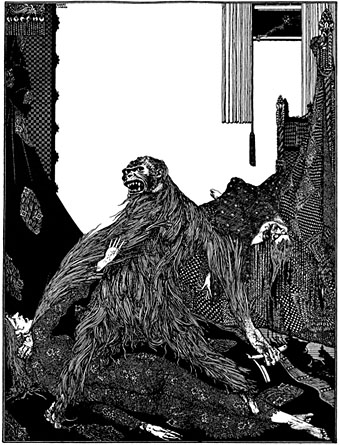Another winter garden, this addition to the Institute of the Ursulines, a Catholic school in Onze-Lieve-Vrouw-Waver, Belgium, is a lot smaller than previous examples but is celebrated for its beautiful Art Nouveau-styled stained glass canopy. The winter garden was added to the main building in 1900 and—surprisingly—no one seems to know who the architect was. The photo above is by Eddy Van 3000 from Wikimedia Commons, while the one below is from the same photographer’s Flickr set showing many other views of a building which is only open to the public one day a year.
Previously on { feuilleton }
• Hothouse panoramas
• Ludwig’s Winter Garden
• The Schönbrunn Palm House
• The Royal Greenhouses of Laeken

